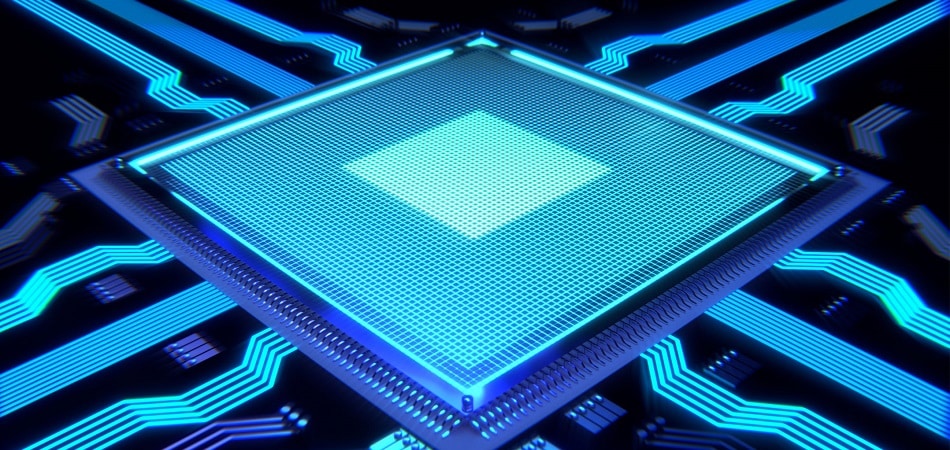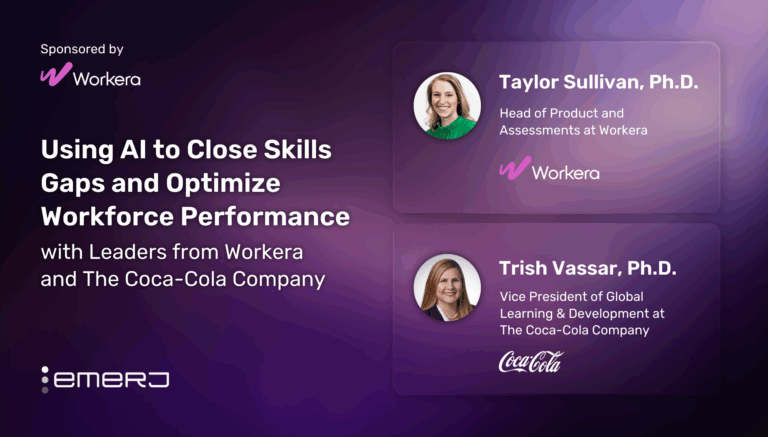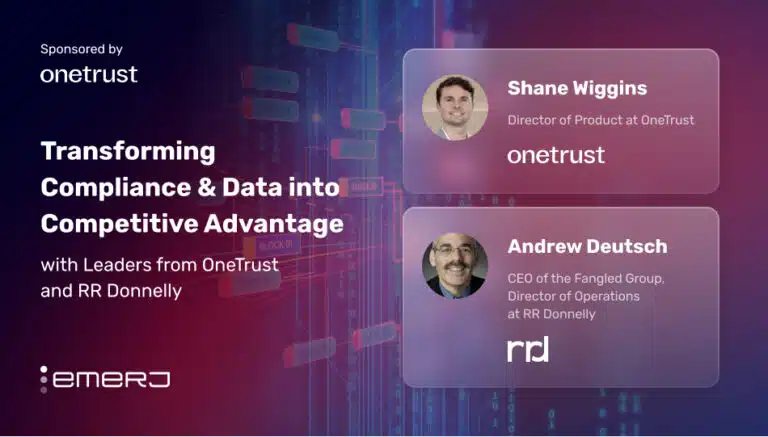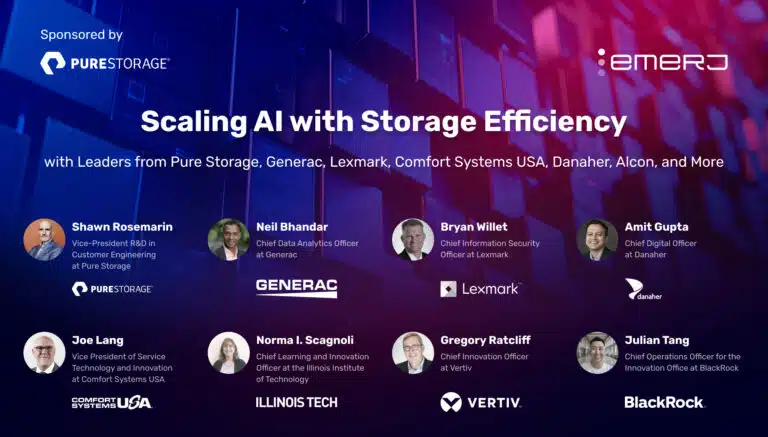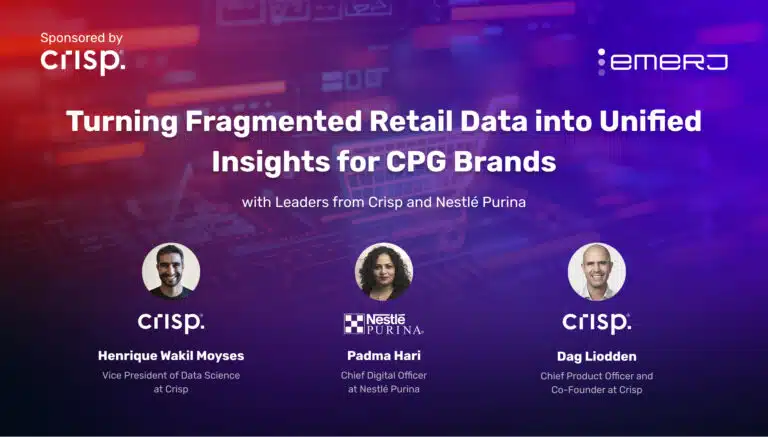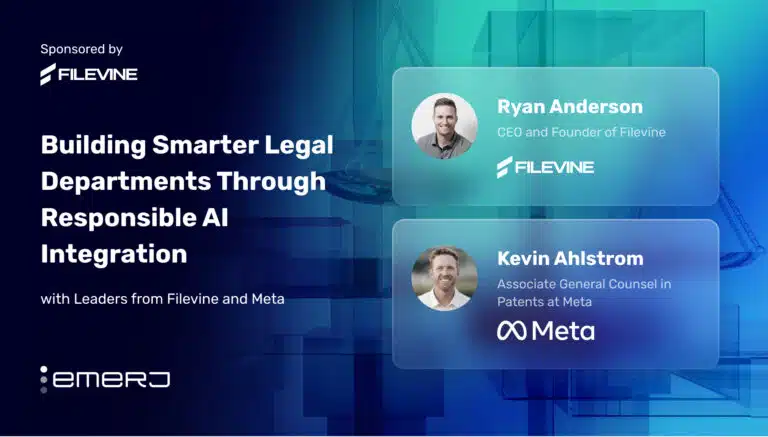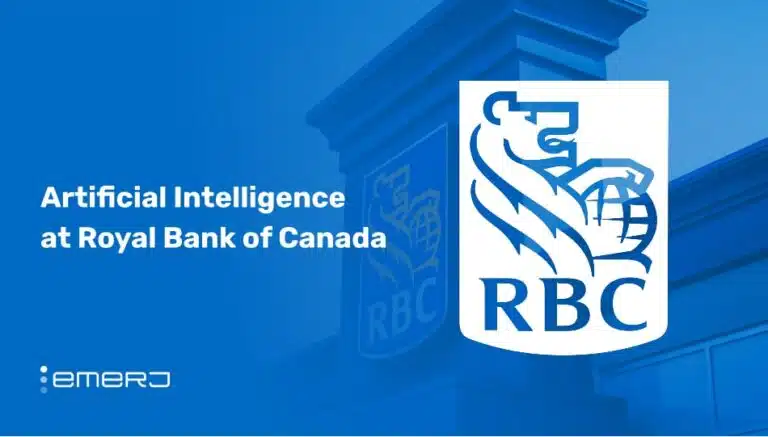We spoke to Moe Tanabian, General Manager of Intelligent Devices at Microsoft, who is speaking at the AI Edge Summit in Mountain View, California on September 17 and 18. Tanabian discusses how to think about and reframe business problems to make them more accessible for AI, as well as AI at the edge, which involves doing AI processing on individual devices rather than in the cloud. The edge could open up new potential for business problems to be solved with AI. Tanabian also provides representative use cases of intelligent devices.
Subscribe to our AI in Industry Podcast with your favorite podcast service:
Guest: Moe Tanabian, General Manager of Intelligent Devices – Microsoft
Expertise: AI and machine learning
Brief Recognition: Tanabian holds a Master’s degree in Systems and Computer Engineering from Carleton University. Prior to Microsoft, he was Android Engineering Lead at Amazon and Corporate Vice President, CDO (AI, SW, HW) at Samsug.
Interview Higlights
(03:00) What are the most important near term impacts of AI hardware?
Moe Tanabian: There is a great book which is called Prediction Machines and Ajay Agrawal from the UoT makes a great modeling around this. That, hey, this is about some very important economic input becoming really cheap, and when something gets cheap it goes everywhere. He gives some examples.
One of the examples that I like a lot is when we started to use silicon and software to do arithmetic. Arithmetic is a very important economic input. Once we were able to do that, we started to basically handle those jobs in silicon and software instead of asking humans to do it.
We were a lot more efficient, and humans could do a lot more complex things. But something really interesting happened beyond that point. When arithmetic driven by silicon and software became really cheap, we started to turn other things around that were not arithmetic-based.
But because the arithmetic became so cheap, we used it as an economic input to other things like photography. We started to digitize photos. Photography was a chemistry problem. We turned it into an arithmetic problem because arithmetic was so cheap. The same thing is happening with AI and the economic input that AI is changing is prediction.
Humans have been the only system that could do prediction. We did prediction in a variety of places. When you went to get a loan, a loan officer would predict whether you’re going to pay the loan back or not and they would grant you the loan or not.
Or some people would figure out that the population will like these type of titles and the New York Times bestseller came about or recommended movies for the next week came about. We started to leverage AI-based prediction and recommendation engines to replace those as an economic input.
That enabled a lot of new types of businesses and enabled the business models to change the value chain and is changing the value chain as we speak. There’s intermediating existing value chains and all of a sudden moving the integration point across the value chain and hence creating new businesses.
New businesses are coming to existence, and old ones are kind of being sidelined. But that extra kind of effect that we saw in arithmetic adoption, which we turned other nonarithmetic things around, is the exciting part of AI. Now we’re turning problems that are not prediction problems in nature into prediction problems because prediction is cheap now.
Self-driving, whatever that is. Having a fairly sophisticated and common understanding of how and, in a business setting, what type of business entities impact our business results. I’ll give you an example for example. Now AI is sitting in cameras. There is computer vision.
Cameras are watching shelves and realizing what items are moving fast. Moving fast means customers like them. And then you hook that up into the store’s ERP system and you see that for some reason the store manager or the merchandising people in the store they put a low margin product on the end cap or slow-moving product on the end cap and a fast-moving product is not on the end cap.
All of a sudden that whole thing is detected. There is a remedy then, there is a message to the store manager, “hey, you might want to move this item to the end cap.” These are the things that we weren’t able to do before and it’s just impacting a lot of things.
One more context and I’ll get into what’s happening with AI hardware. We have had AI in multiple waves and these waves are not the waves that are done. They’re ongoing, but new waves are coming on board. The first wave was internet AI. This wave of AI was basically the training data that we needed to train our models.
It came from phrases that people searched, it came from mouse clicks and user keyboard input. That enabled things like Netflix’s recommendation engine, what people view, watched and those types of things. But people searched and Google searched.
The moment we started to learn that we can use, effectively and economically, deep neural networks, that we have enough hardware and data to train them, we realized that sensor-based AI is such a big deal. We saw the kind of entry point of it with voice and language, things like visual assistance and devices that enabled those types of experiences.
But the moment you add cameras as a major sensor to the mix, all of a sudden you see that the economics of a lot of business activities that we’re doing is going to change. And that’s the real push in my view, is in the next decade or so where AI is going to create value and make our lives better. It’s where perception AI is being integrated into our lives.
(10:00) What was happening with the arithmetic, is that happening both with prediction and perception or do you think that prediction is the meta umbrella in terms of this technological shift?
MT: I’m glad you brought it up. Anything pretty much that AI does currently is prediction. We do practically two different things with AI and AI toolchain that we have at our disposal. One is classification, which is “this is a dog,” “this is a cat.” or “this is Moe,” or “this is Dan” for authentication purposes.
Or the way things have evolved so far to this point in time, this is how we predict it’s going to go on. But…even classification is a prediction problem because all you’re doing in classification, you’re predicting the likelihood that the image that you see is a dog or is a cat with some probability.
(11:30) How does that shift impact AI hardware when it comes to perception being more broadly used?
MT: Let’s look at again where we’re turning other things into prediction problems and things that are generally perception and cognition and cognitive activities that humans do today. Look at driving for example. We talk a lot about autonomous driving, autonomous drones, autonomous robots.
What is driving? When you look at it really from a human’s perspective, it’s a fairly complicated cognitive task. But when you break it down. if you want to turn it into a prediction problem, if you look at a car that is driving, it has some limited number of actuations and that is “go slower,” “go faster,” “turn left,” or “turn right.”
Really you can abstract the actuations that a car can take into these four. Maybe there are some word like do the signal or turn the light on or things like that which are ancillary. They’re not core. And if you look at it from a prediction perspective, if you’re training an AI engine that you have sensors around the car.
So you have the sensory perception around your environment as you’re moving through your environment. Your question is what would a good human driver do at this point in time. If you collect enough data to train that AI and that collective set of AI engines that take the sensory data in and translate that based on that question, which is a prediction question.
We are predicting what would a good driver do. If you translate that into one of those four actuations…all of a sudden driving becomes a prediction problem. It can’t happen unless you have the sensors, which is hardware, and you can process a significant amount of data in a very relatively short amount of time near real time that can answer that question.
All of a sudden running a fairly highly efficient inference engine on the car becomes a key contributor into enabling that use case. You can scale that and basically put it on the horizon of applications of perception AI into other use cases so that basic common components are…a sensor.
You have the ability to get enough data to train the model, and you have the ability to run the inference somewhere at the edge in near real time. Some applications don’t need real-time requirements, but a lot of them do, that you can deliver that prediction problem.
(15:00) How is that shift impacting the needs and the necessity for new kinds of hardware?
MT: For a variety of reasons, some are purely technical, basically barriers, some are economic barriers, and some regulatory barriers. We need to be able to process these models. A lot of them for inference and kind of doing the prediction on a trained model. In some cases we may actually want to even train some parts of the model at the edge.
But we have to run ML models on the edge. The technical barrier, if you want a typical car with the sensors, with the lidar sensor and the cameras, on a daily basis they generate a truckload of data. This is not something that, even if you had all the bandwidth in the world, you could upload to the cloud. So there’s a technical barrier.
Even if you could, it’s so expensive that it kills the business viability. There is the economic barrier, and then there are regulatory barriers. In some cases, you can’t transmit the camera data to somewhere else outside of the on-prem structure. When you put all of that into the bucket, you realize that we need capabilities to run AI on the edge.
And again, I go back to the previous statement that I made. To do that, the core of this is a fairly efficient, and by efficient I mean from an execution perspective, like a processing perspective, from a power perspective. You need a power-efficient and high compute capacity way of running AI models on the edge.
(17:00) What are some interesting use cases of where these new capabilities, these new necessities when it comes to enabling AI. are beginning to emerge and making their way forward?
MT: One of my favorite people in Silicon Valley is a VC…He has a pretty sharp mind, and he has a very interesting saying that…a technology that promise…that [it] can replace a chore that is typically done by humans and [it] can do it better at a much cheaper price, bring those business ideas to me.
He’s always had those business ideas. Now, if you…look at different industries. You look at retail, you look at manufacturing, you look at logistics, whether it’s a autonomous robot in a warehouse or whether it’s a autonomous driving and logistics of delivery of things like FedEx.
If you look at basically learning industry and education, almost you can point out the use cases that that lens can be applied directly when you put perception AI in the mix. When you have sensors and you have AI running on the edge, all of a sudden, like in manufacturing, there are people who are experts in looking at the paint.
They have a trained eye to see whether the paint quality meets the bar when a car is leaving the production line. You can easily do that with a really good trained model and a set of cameras. I’ll give you another really interesting example in an industry that completely is irrelevant to typical industries that we think about: the mining industry.
When you mine for gold, the way you design your explosion and the size of those rocks and particles, that post-explosion you get determines how efficient your mill runs. If they’re too big, you need to spend a lot more energy to break them down. If they’re too small, there are other issues. You want to make sure that the distribution of the size of those particles are in the right range.
Today there are human experts that go look at that and say, “well, I think we did too much explosive there and we did too little explosive here. Let’s rearrange it.” Now there is a company in Vancouver, Canada…they’re just turning that into a complete perception AI problem, and automatically they have cameras on hydraulic shovels.
As they load the particles into the dump trucks, they take them to the mill, they look at the distribution of the size and calculate with some trained models that, “hey, we did too much explosive today. Let’s bring it down. Or too little explosive.”
All of a sudden, something that was done by a very highly trained human, now we’re doing it with a set of sensors and a model, a machine trained machine learning model and that human can go and do some far more complex tasks that we can’t do yet with AI. It’s incredible how almost all of our industries, healthcare is another really great example, they’re all changing because of the perception AI.
(21:00) Is there anything you might add to that in terms of helping people think through how their business might change?
MT: Heres how I would encourage people to look at their businesses. Any business is part of a value chain. There is a chain of actors in the value chain that starts from some raw material or some input and eventually it gets turned into a product or a service and delivered to its customer and consumer.
I encourage people to look at the role that they are playing in their value chain and see where the integration points are in the value chain. What part of the value chain is delivered by one actor? What part of the value chain is modularized and one actor hands over the outcome to another actor eventually for the final product or service?
And if you can find areas that you can change those modularity points to integrate further or to start modularizing further. Obviously…when you start to focus on delivering a complex task that integration is key. When you modularize it, that task is pretty mature, well understood. You can break them down, and you can create interfaces for different actors in the industry to a participant.
Look at where you can move the modularity and integration points. One good lens to put on in that exercise is, what are the tasks that are currently done by a human that a typical human can do between one and five seconds. Those are great candidates to target to get AI, particularly perception AI to participate in the value chain.
Subscribe to our AI in Industry Podcast with your favorite podcast service:
This article was sponsored by Kisaco Research and was written, edited and published in alignment with our transparent Emerj sponsored content guidelines. Learn more about reaching our AI-focused executive audience on our Emerj advertising page.
Header Image Credit: Techcentral.co.za


